This is a very brief overview of the Trafalgar class submarine, I haven’t gone into too much detail as this class of submarine remains in active service with the Royal Navy.
Designed in the 1970’s as a refinement of the previous Swiftsure class submarines the Trafalgar class became the last class of SSN to see duty during the cold war.
These submarines would eventually become the back bone of the Royal Navy SSN fleet after the withdrawal of the Swiftsure class.
The first submarine HMS Trafalgar was laid down in April 1979, launched in July 1981 and commissioned into service May 1983.
Like the first Swiftsure class the Trafalgar would maintain a screw propeller the other boats would all use the pumpjet propulsor.
The last boat HMS Triumph was laid down in February 1987, launched February 1991 and commissioned October 1991.
A total of seven submarines were completed their names are:
HMS Trafalgar, HMS Turbulent, HMS Tireless, HMS Torbay, HMS Trenchant, HMS Talent and HMS Triumph.
As of today August 2022 only HMS Triumph remains in active service, the class has since been replaced by the very capable Astute class.
The Trafalgar specification
All the boats were built with a length of 85.5 meters (280ft) a beam of 9.8m (32ft) and a draft of 9.5m (31ft).
Their displacement is around 4,500tons surfaced and 5,200tons submerged making them quite a bit smaller than their American counterparts but make no mistake this in no way affected their capabilities.
As with all previous Royal Navy submarines the Trafalgar class have reinforced fins for under ice operations.
The boats are powered by a single rolls Royce PWR 1 reactor which also powered previous classes of submarines in the Royal Navy (Except HMS Dreadnought).
These reactors capabilities and output are classified but it is sufficient to power the submarine at substantial speed and retain a high hotel load within the submarine.
PWR1 reactors use highly enriched uranium as fuel and as such the Trafalgar class reactor core life span is between eight to ten years resulting in at least two refuels during each boats life time.
A Trafalgar’s diving and speed capability remains classified, all I am permitted to state is that the submarine can operate at depths of over 200m and at speeds greater than 20knots.
Weapons
Unusually for a submarine the Trafalgar class like the Swiftsure class has five 21in (533mm) torpedo tubes, typically we would see four or six tubes but these two classes buck the trend. (the Astute returns to six tubes)
Main weapons deployed onboard are the Spearfish heavyweight torpedo, and either the block III or IV tomahawk cruise missile, Mines can also be carried. A total of 30 weapons can be stowed in the torpedo room (Bomb shop).
Design and interior
Unlike most other countries the casing on the submarine is also not cylindrical, the actual shape of the Trafalgar and Swiftsure class are unique and does help with performance, turning circle and acoustic signature reduction.
Trafalgars are actually quieter than their stable mate the Swiftsure class even though they are near identical.
The Trafalgar remains one of the most quietest submarines in the world, even today it remains on the list although today it has naturally been superseded.
Odd as it may seem the Trafalgar’s like the Swiftsures have a similar control console to the World War II era Handley page wellington bombers, they also retain a WWII era autopilot system which is based around the same system used in the Lancaster bomber.
HMS Triumph will be the last submarine in the Royal Navy to operate this antique system with the new Astute class operating an all-digital system.
The Autopilot has several functions, it can control speed, depth and course and is a large metal box to the right of the coxswain.
Known operations
A lot of what the Trafalgar class have done in their life time remains classified, however as it is public knowledge we know that some boats took part in various major operations throughout the 1990s, 2000’s and 2010’s.
Such actions as the Libyan intervention in 2011 where HMS Triumph fired Tomahawk cruise missiles, other boats have been involved in the 1991 and 2003 Iraq wars, in 2001 boats fired tomahawks into Afghanistan. In 1993 HMS Triumph transited from her home base in Devonport to Australia a distance of 41,000nm entirely submerged, as of today it remains the longest submerged deployment of an Royal Navy submarine.
All of the Trafalgar class submarines have often taken part in multinational and NATO exercises sometimes two or three boats have been deployed in various roles.
While these boats are smaller than their American counterpart, they still retain the capability to deploy special forces and have done so over the years
All of the Trafalgar class at some point have also been host to the Perisher course, this course is considered the hardest command course to undertake for a mariner in the world and it has a high failure rate. Any perspective commander who fails the course will never go to sea on a submarine again.
The perisher course
Created in 1917 as the COQC due to the high attrition rate among its submarines, the first school was dubbed the periscope school and from that derived the name perisher.
One of the main tasks of perisher is to train the perisher to use the periscope, in an exercise usually called cock fight or eyes only this will be the only tool the perisher will use to maintain situational awareness.
Currently the Royal Navy operates the perisher course it is considered the hardest of all command courses anywhere in the world.
Naturally British nuclear submarines operate the nuclear course and the Dutch with British officers conduct the conventional course.
Perisher is run twice per year and is 4 months long with various stages which will take the candidate from a shore based unit to a sea based unit.
Candidates come far and wide to take part in the course these have included members from the U.S Navy, Australian Navy, Canadian Navy, South Korean Navy and many more.
It should be noted that if a candidate fails the course they will never go to sea on a submarine again (they are permitted to move to surface ships and can wear the dolphins).
The procedure for failure is quite brash the perishers steward will pack all their belongings and makes ready for transfer. The perisher is kept busy so is unaware of this happening.
Once a boat or helicopter transfer is ready the boat will surface, it is only at this point the perisher is told they have failed the course.
Upon exiting the submarine the perisher will be presented with a bottle of whiskey, at this point they will know that their career in submarines has just ended.
Perisher on TV
How to command a nuclear submarine is a 4 part series taken onboard a Royal Navy Trafalgar class submarine and it follows students who under take the Perisher course https://www.amazon.com/For-Your-Eyes-Only/dp/B074X89VG6/ref=sr_1_1?crid=32H3O897OFSR6&keywords=how+to+command+a+nuclear+submarine&qid=1659710964&sprefix=how+to+command+a+nuclear+submarine%2Caps%2C198&sr=8-1
Submarine a 1980s 3 part series, this part is taken onboard HMS Oracle during a perisher course. https://youtu.be/I1LF2I3fTbY
Canada and the Trafalgar class
In 1987 a Canadian defense white paper recommended Canada to purchase ten to twelve nuclear powered submarines to be called the Canada class. This was a plan to either acquire the French Rubis class or the British Trafalgar class submarines.
Ultimately the plan fell through for various reasons notably the US blocking the proposal as well as the associated costs of operating, maintaining and building new infrastructure to support the submarines.
After the revision the Canadians eventually bought the four redundant Upholder class from the UK to replace their ageing Oberon class.
Problems, Incidents and decommissioning
There have been various groundings by the class over the years notably HMS Trafalgar ran aground off the isle of skye in 1996 and again grounded in 2002.
HMS Tireless hit an iceberg in 2003 and suffered some minor damage, the same boat also suffered an explosion which sadly resulted in the loss of two crew members. In 2013 HMS Torbay also experienced a fire onboard the damage was minor.
In 1990 while undertaking the perisher course HMS Trenchant was involved in the sinking of the fishing vessel Antares off Butte sound Scotland. The sinking caused the deaths of the four men on the fishing vessel, this lead to revised operating procedures when near fishing vessels.
HMS Trenchant ran aground off Freemantle Australia in 1997 while at depth the submarine suffered minor damage during the incident and returned home under her own power.
HMS Talent in 2009 suffered a failure of her systems controlling her reactor these were overcome and repaired.
While conducting operations during 2014 she hit ice causing some minor damage mainly to her sail, this was repaired and she returned to service.
HMS triumph would have the misfortune of running aground while under taking perisher during November 2000 off the west coast of Scotland, the submarine was at speed during the incident the boat suffered only minor damage and was returned to service.
Mechanical issues
As the submarines aged several problems started emerging, like all ships and submarines they have a life span and in the case of the Trafalgar’s their perspective life span was around 30 years.
These problems started to show themselves in the late 1990’s and early 2000’s a couple of boats had some issues with their reactors.
One boat had a radioactive water leak for eight days before it was discovered, others had thermal cracks in their primary circuit and other usual problems with turbines and machinery as they aged.
What a lot of people do not understand on the outside is that yes these submarines have issues and some of it is age related. However the submarines themselves have a very high operational tempo, this ultimately degrades the systems and equipment faster due to constant use which in turn requires constant maintenance.
HMS Trafalgar was decommissioned in 2009 after 26 years of service.
HMS Turbulent decommissioned in 2012 after 28 years of service.
HMS Tireless decommissioned in 2014 after 29 years of service
HMS Torbay decommissioned in 2017 after 30 years of service
HMS Trenchant decommissioned in 2022 after 33 years of service
HMS Talent decommissioned in 2022 after 32 years of service
HMS Triumph Remains active in 2022
When HMS Triumph finally decommissions in the coming years she will be the last submarine to have seen service during the cold war (albeit very briefly).
Sources
Personal Experience onboard
H I Sutton http://www.hisutton.com/Royal-Navy-Trafalgar-Class-Submarine.html
BBC 1980 Submarine Series https://youtu.be/I1LF2I3fTbY
Amazon 4 part series how to command a nuclear submarine https://www.amazon.com/For-Your-Eyes-Only/dp/B074X89VG6/ref=sr_1_1?crid=32H3O897OFSR6&keywords=how+to+command+a+nuclear+submarine&qid=1659710964&sprefix=how+to+command+a+nuclear+submarine%2Caps%2C198&sr=8-1

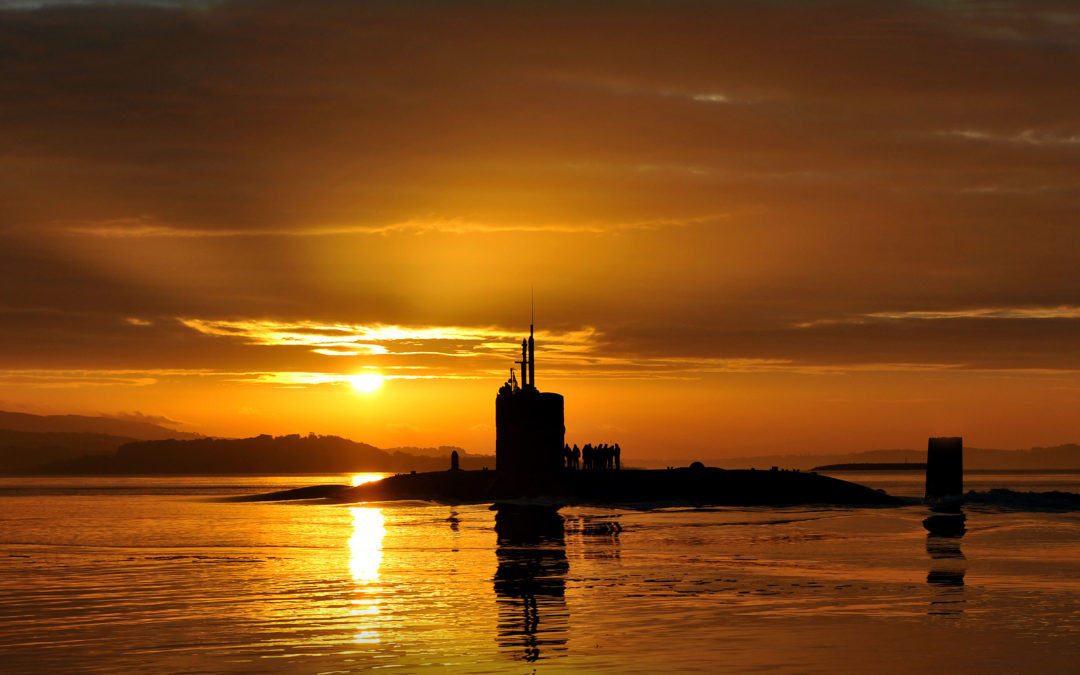
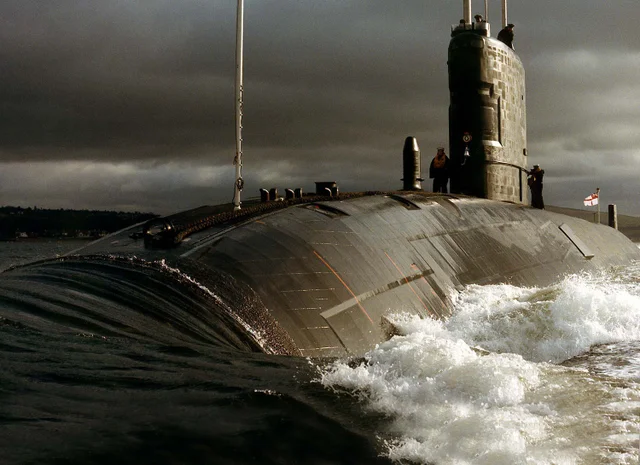
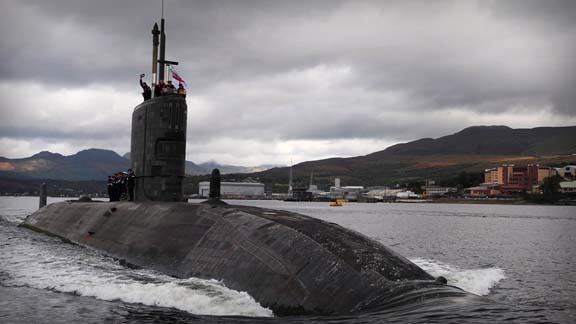
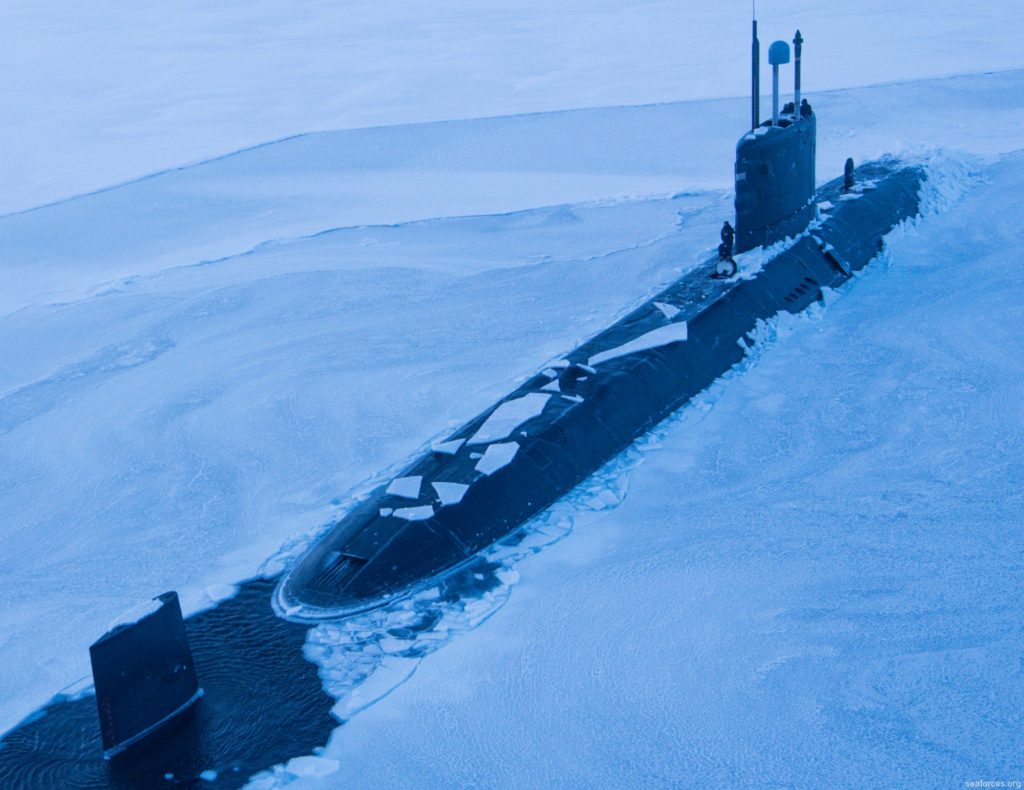
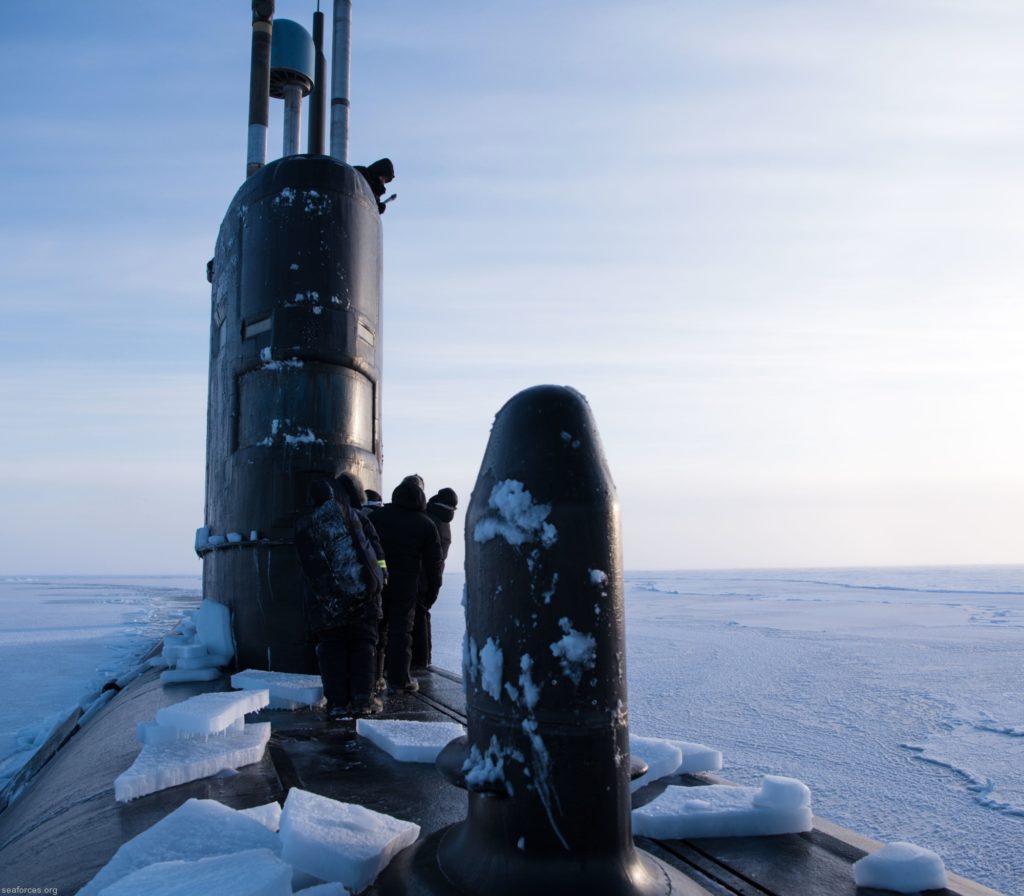
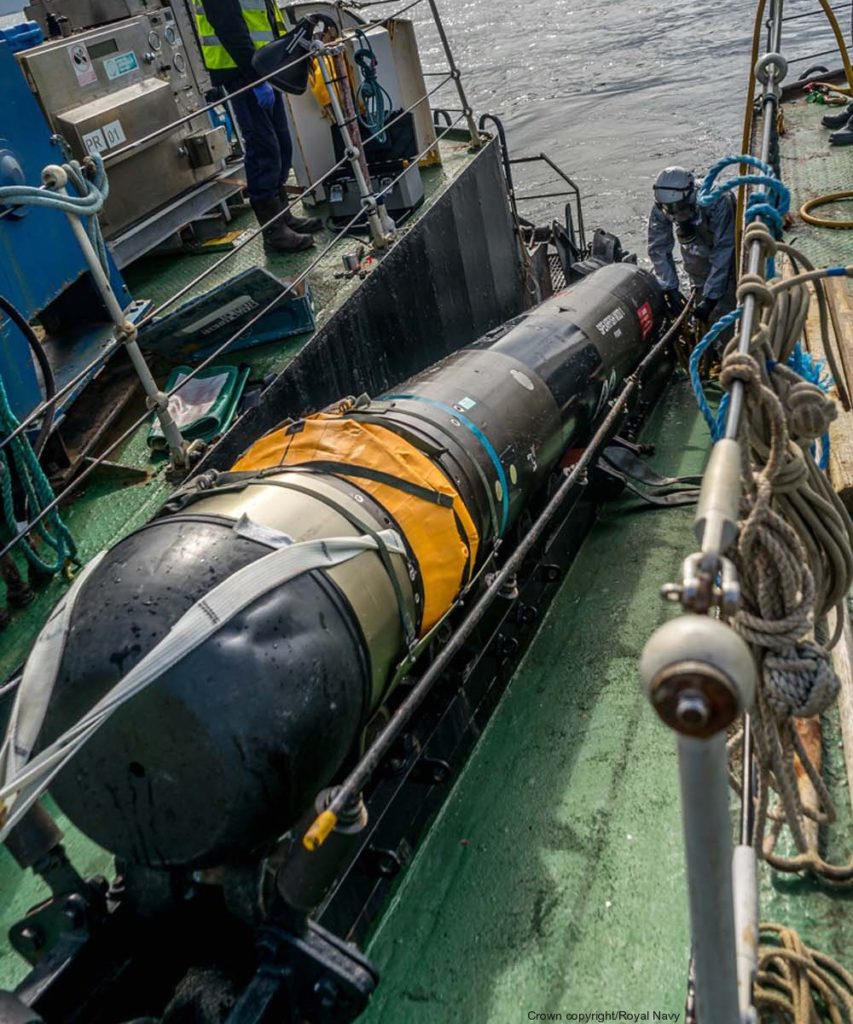
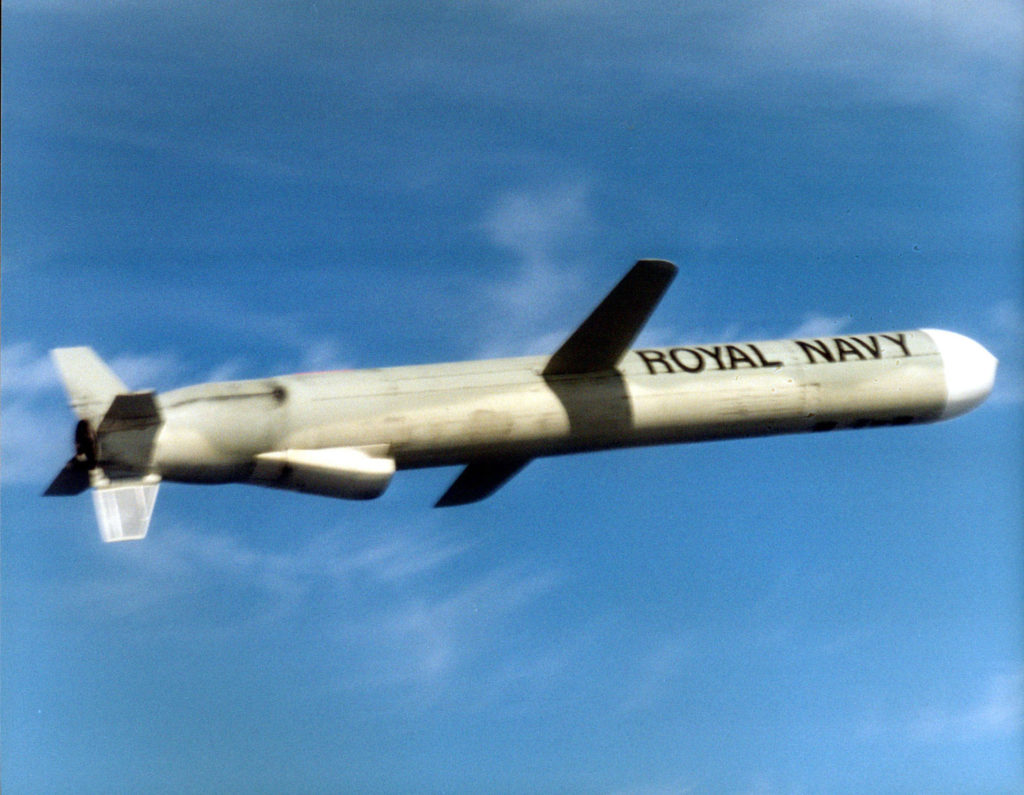
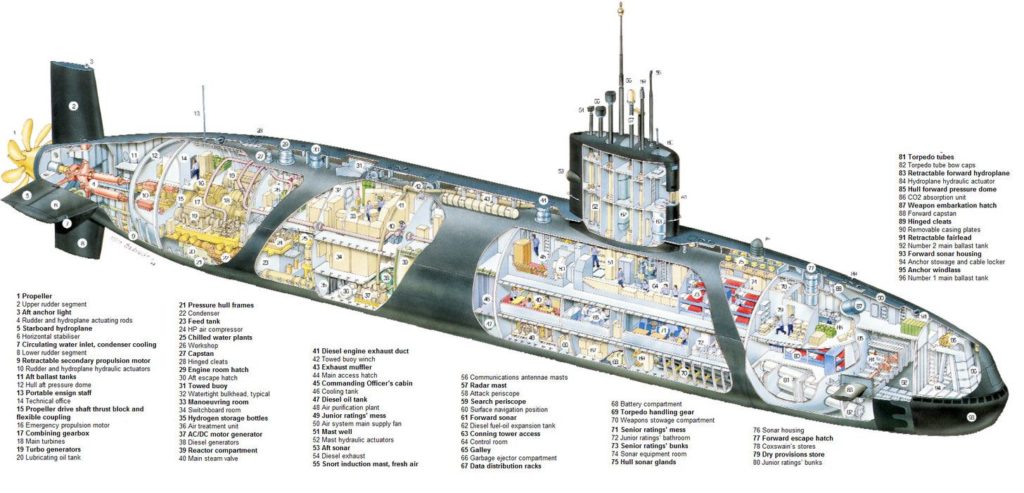
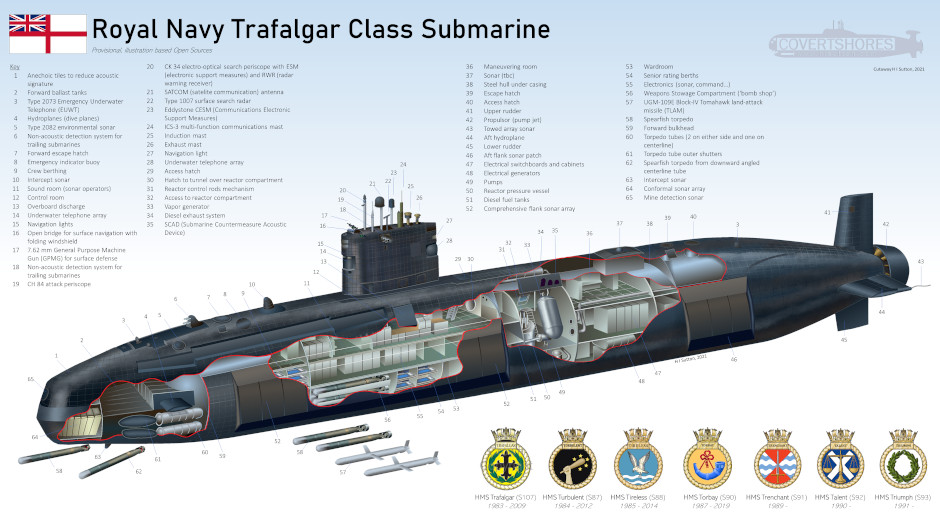
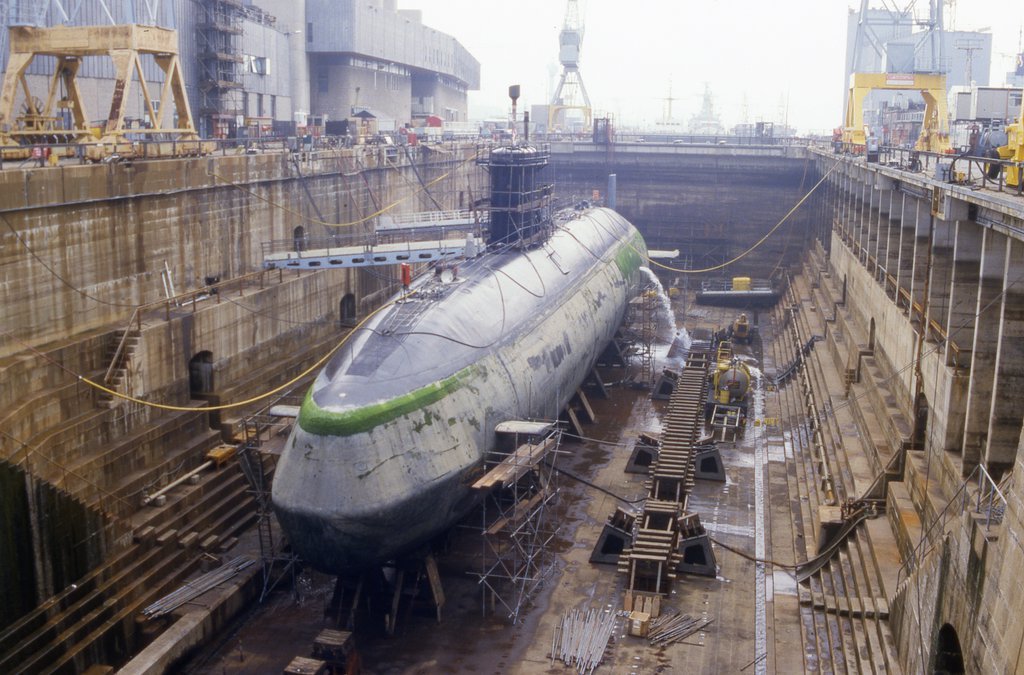
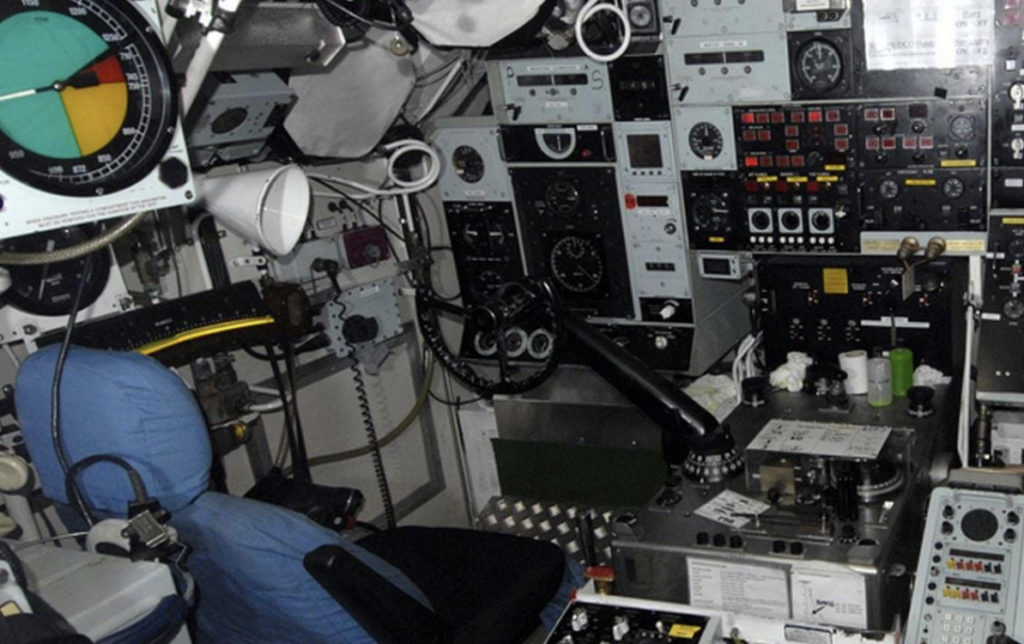
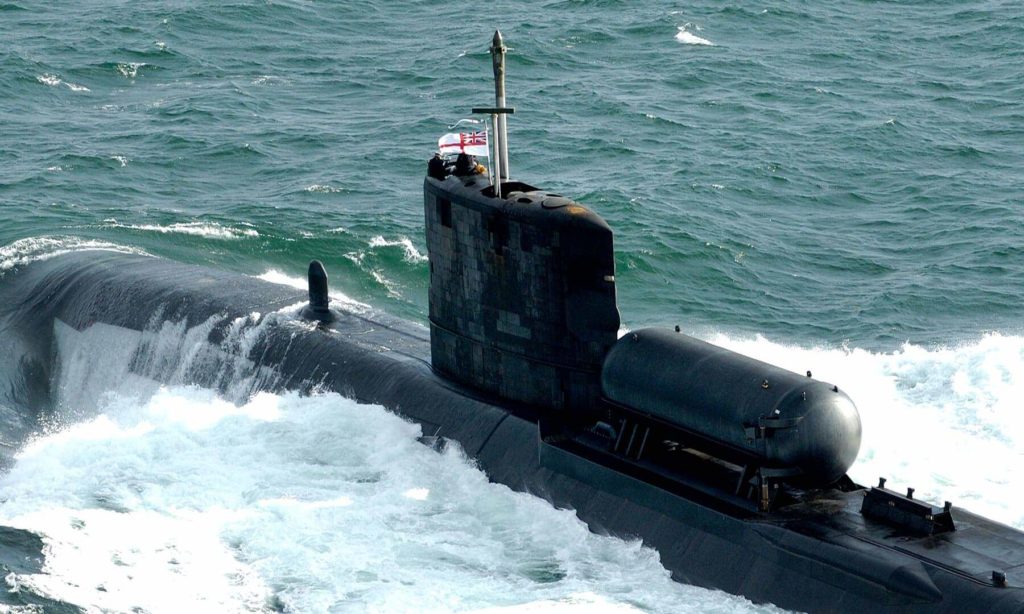
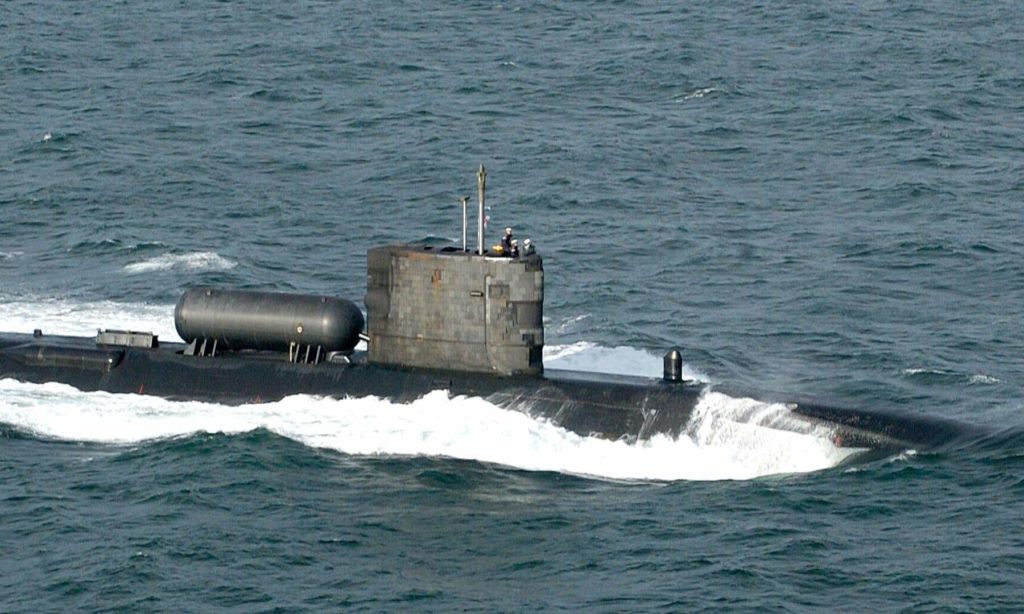
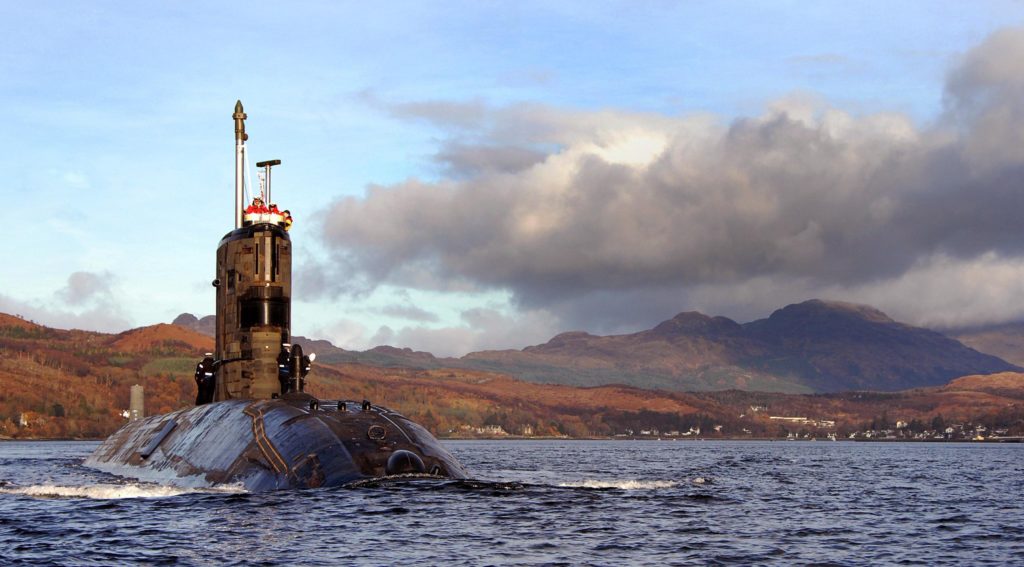
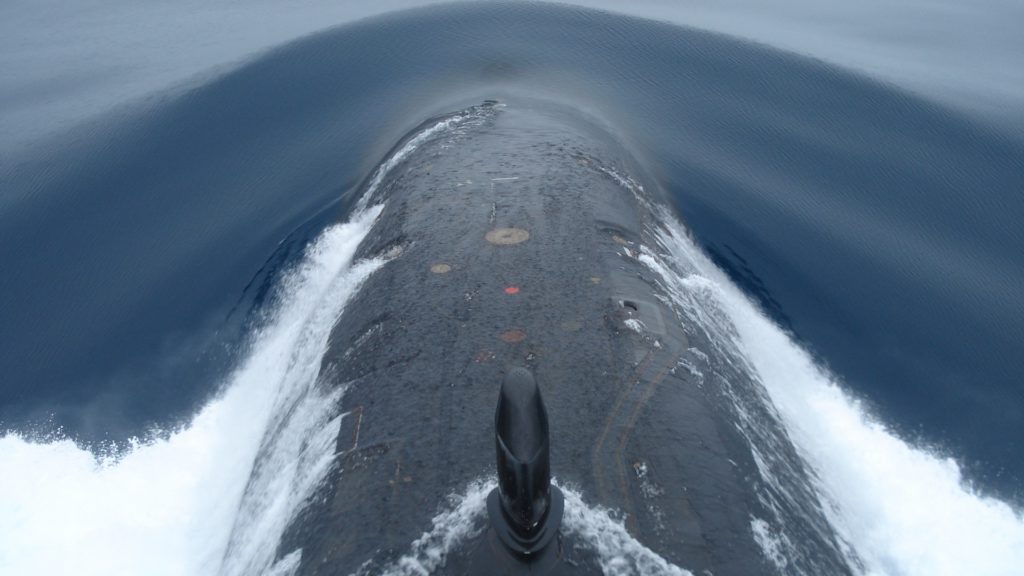
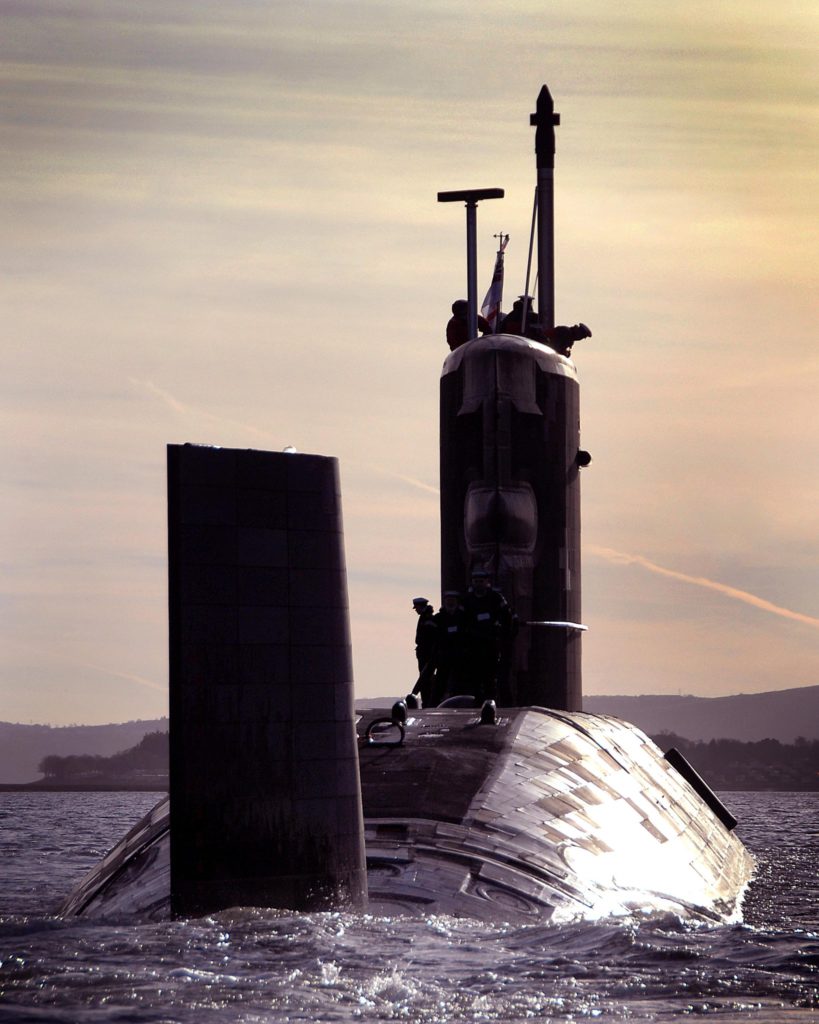

Recent Comments